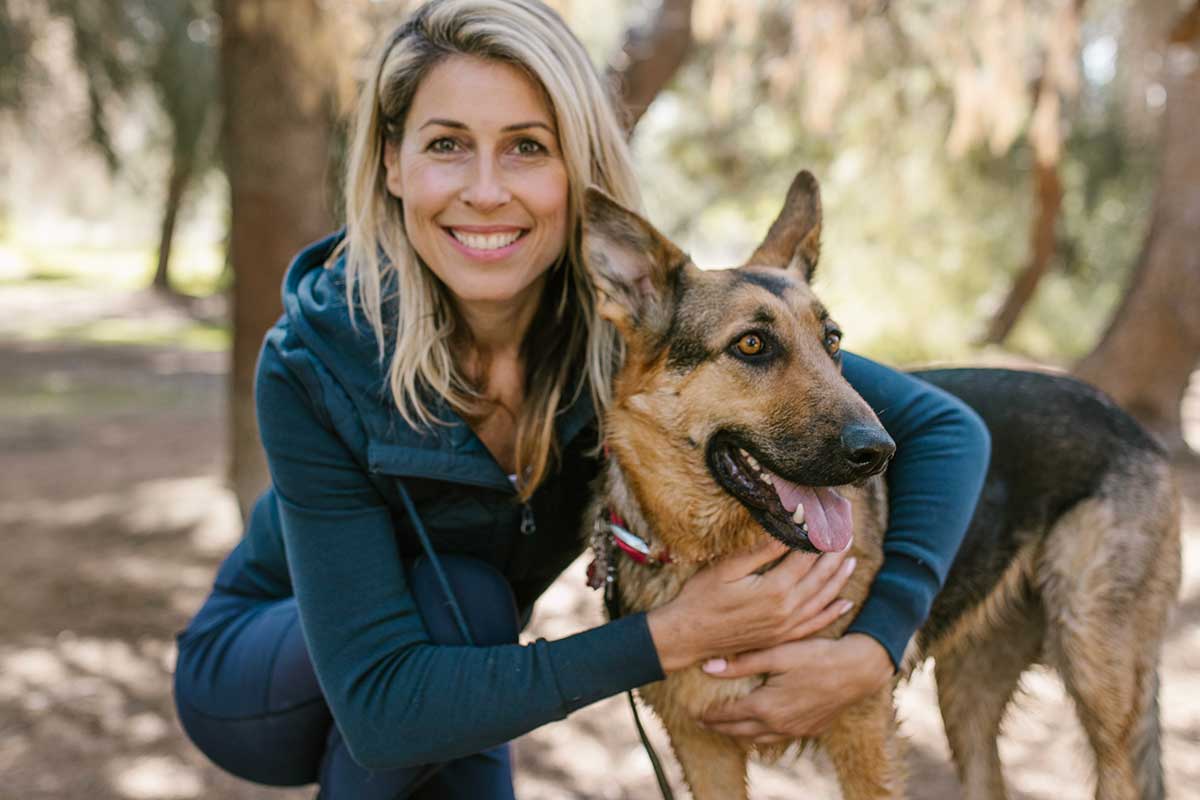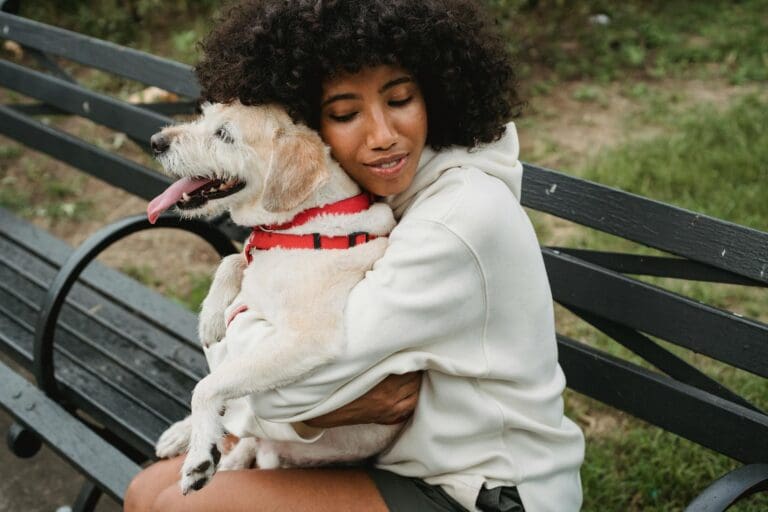Humans and dogs may seem worlds apart, but at our core, we share many of the same instincts. From the fight-or-flight response to the deep need for social connection, our evolutionary paths have shaped behaviors that mirror each other in surprising ways.
Whether it’s forming tight-knit groups, responding to threats, or reading emotions, these shared instincts reveal just how closely connected we are to our canine companions. Understanding these similarities not only deepens our bond with dogs but also gives us insight into our own nature.
10. Fight or Flight Response to Threats

Both dogs and humans exhibit the fight or flight response when faced with perceived threats. This instinctive reaction triggers physiological changes, including increased heart rate and adrenaline release, preparing the body to either confront the danger or flee. In dogs, this may manifest as growling, barking, or running away, while humans might experience similar urges to stand their ground or escape.
9. Curiosity and Exploration of New Environments

Both dogs and humans exhibit a natural curiosity to explore new environments. This shared instinct stems from our evolutionary need to understand and adapt to our surroundings. Dogs, like humans, use their senses to investigate novel stimuli, demonstrating a similar drive for information-seeking behavior that enhances learning and survival.
8. Grooming as Social Bonding

Both dogs and humans use grooming as a way to bond socially. Dogs groom pack members to strengthen relationships, while humans engage in activities like brushing hair or giving massages to show affection. This shared instinct for physical touch and care helps build trust and emotional connections in both species.
7. Hierarchical Structures in Groups
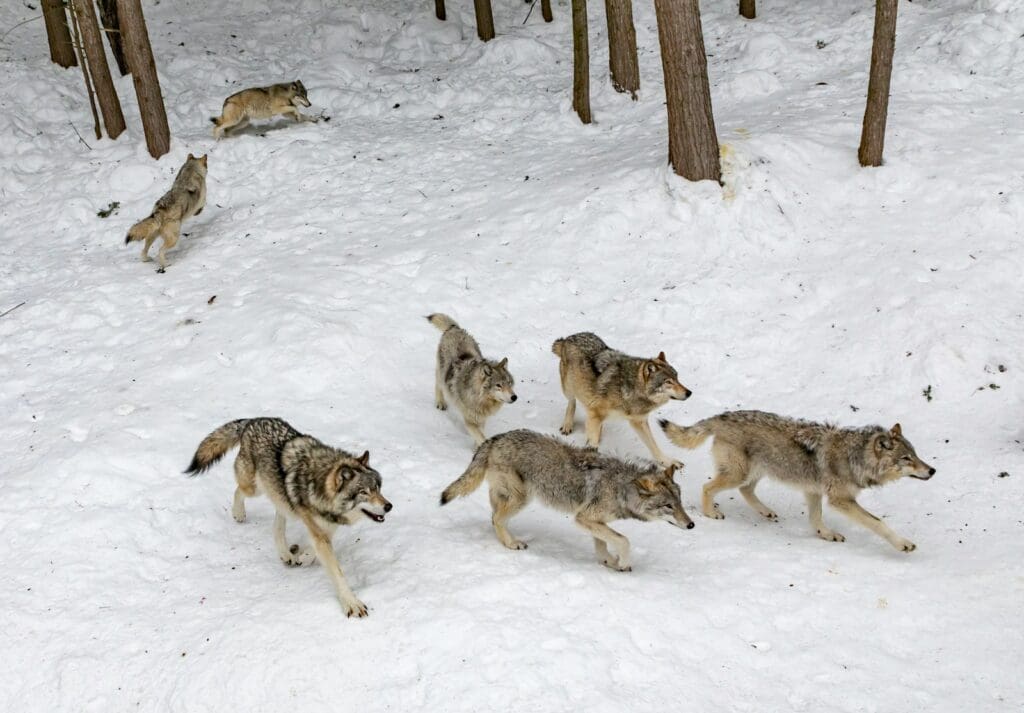
Both dogs and humans naturally form social hierarchies within groups. However, recent research challenges the idea of strict dominance hierarchies in dogs. Instead, dogs form flexible, context-dependent relationships. Humans similarly organize into social structures, but with more complex dynamics influenced by cultural and societal factors.
6. Play as a Learning Tool

Both dogs and humans use play as a crucial learning tool, especially in early development. Through play, we acquire essential life skills, social behaviors, and problem-solving abilities. For dogs, play helps develop coordination, body awareness, and appropriate social interactions. In humans, play fosters creativity, cognitive development, and emotional intelligence. This shared instinct underscores the importance of playtime for both species’ growth and well-being.
5. Scavenging for Food and Resources
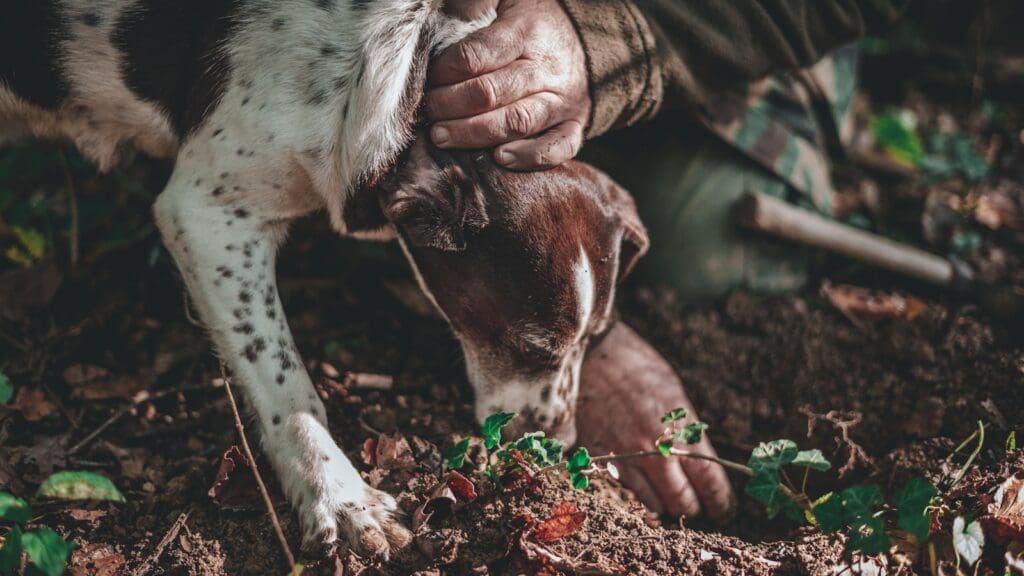
Both dogs and humans have a natural instinct to scavenge for food and resources. While humans have largely moved away from this behavior, it remains strong in dogs. Dogs are opportunistic feeders, often searching for discarded food in urban areas. This instinct stems from their evolutionary history as scavengers of human food waste.
4. Nurturing Instincts: Caring for Young
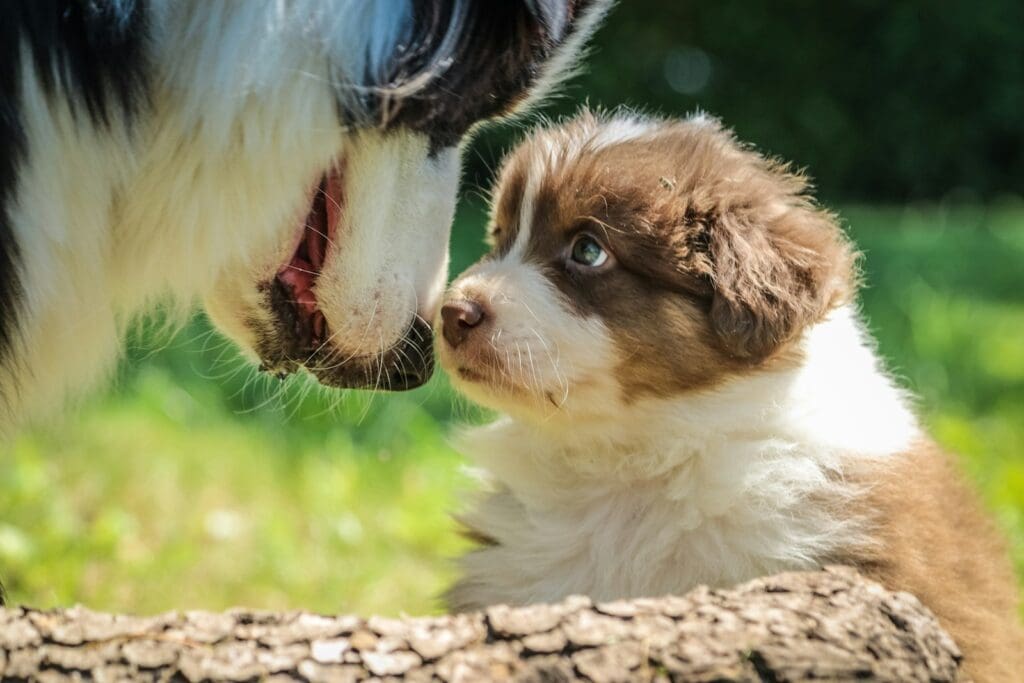
Both dogs and humans exhibit strong nurturing instincts towards their young. This shared trait is rooted in the release of oxytocin, often called the “love hormone,” which strengthens emotional bonds. When dogs and humans gaze at each other or their offspring, oxytocin levels increase, fostering feelings of attachment and care.
3. Communication Through Body Language

Both dogs and humans rely heavily on non-verbal cues to express emotions and intentions. Dogs use tail wagging, ear positioning, and body posture, while humans employ facial expressions, gestures, and posture. This shared instinct for body language allows for cross-species understanding and bonding between dogs and their human companions.
Read More: Top Toys for Dogs Based on Their Personality
2. Territorial Behavior: Protecting What’s Ours
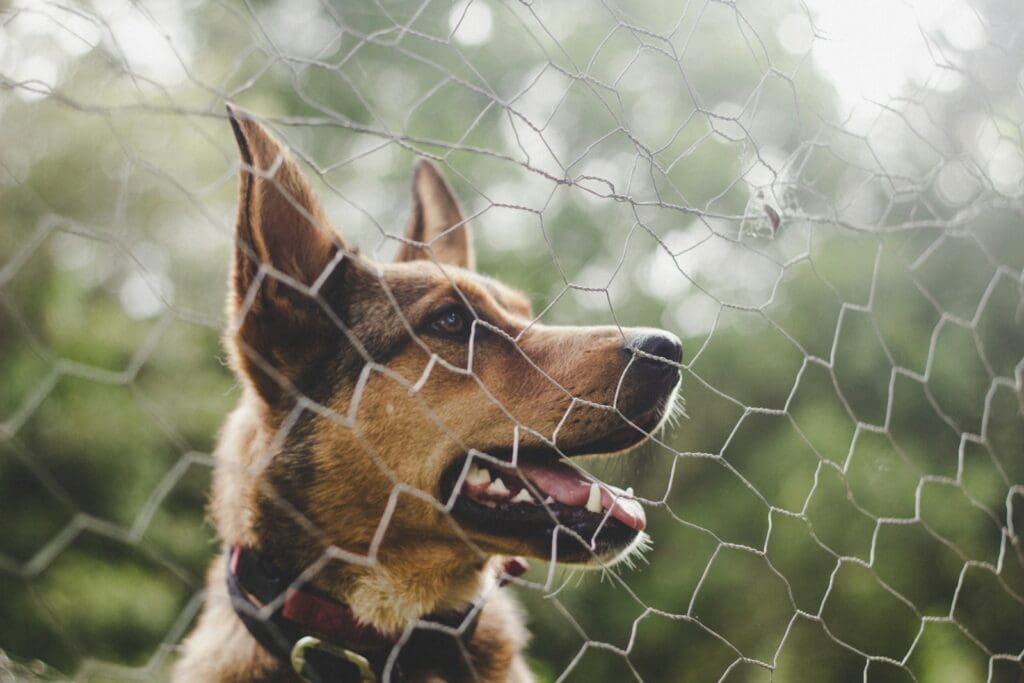
Both dogs and humans exhibit territorial behavior, defending spaces they consider their own. Dogs mark their territory with scents and barking, while humans use physical and social boundaries. This instinct stems from the need to protect resources and ensure safety. In both species, territorial behavior can range from mild to aggressive depending on perceived threats.
Read More: The 10 Most Protective Dog Breeds
1. Pack Mentality: The Need for Social Bonds
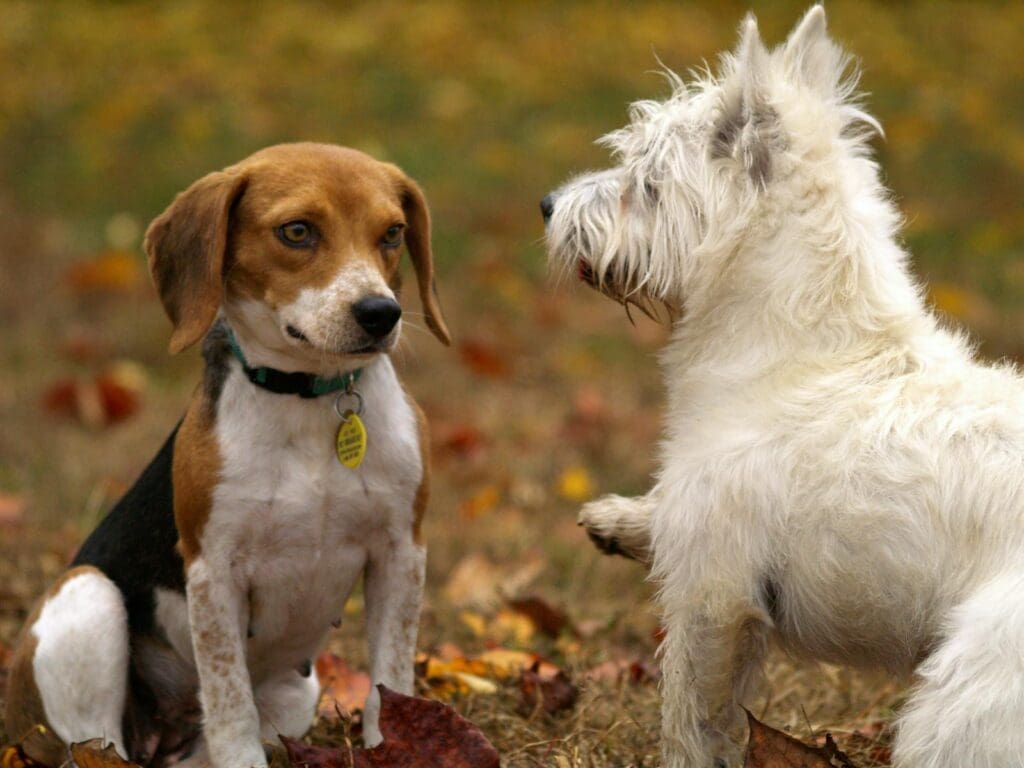
Both dogs and humans have a strong instinct for social bonding and group living. Dogs, descended from wolves, retain pack mentality traits like hierarchy and cooperative behaviors. Similarly, humans form social groups, families, and communities for support and survival. This shared instinct fosters loyalty, cooperation, and emotional connections in both species.
The exploration of shared instincts between dogs and humans reveals not only our evolutionary parallels but also deepens the bond we share with our canine friends. Understanding these common traits, such as communication through body language or the need for social bonds, fosters empathy and strengthens our interspecies relationships. By recognizing the instincts that both unite and define us, we can enhance the way we interact with and care for our loyal companions, enriching the lives of both humans and dogs alike.
Read More: Why Does My Dog Like to Lay on Me?

